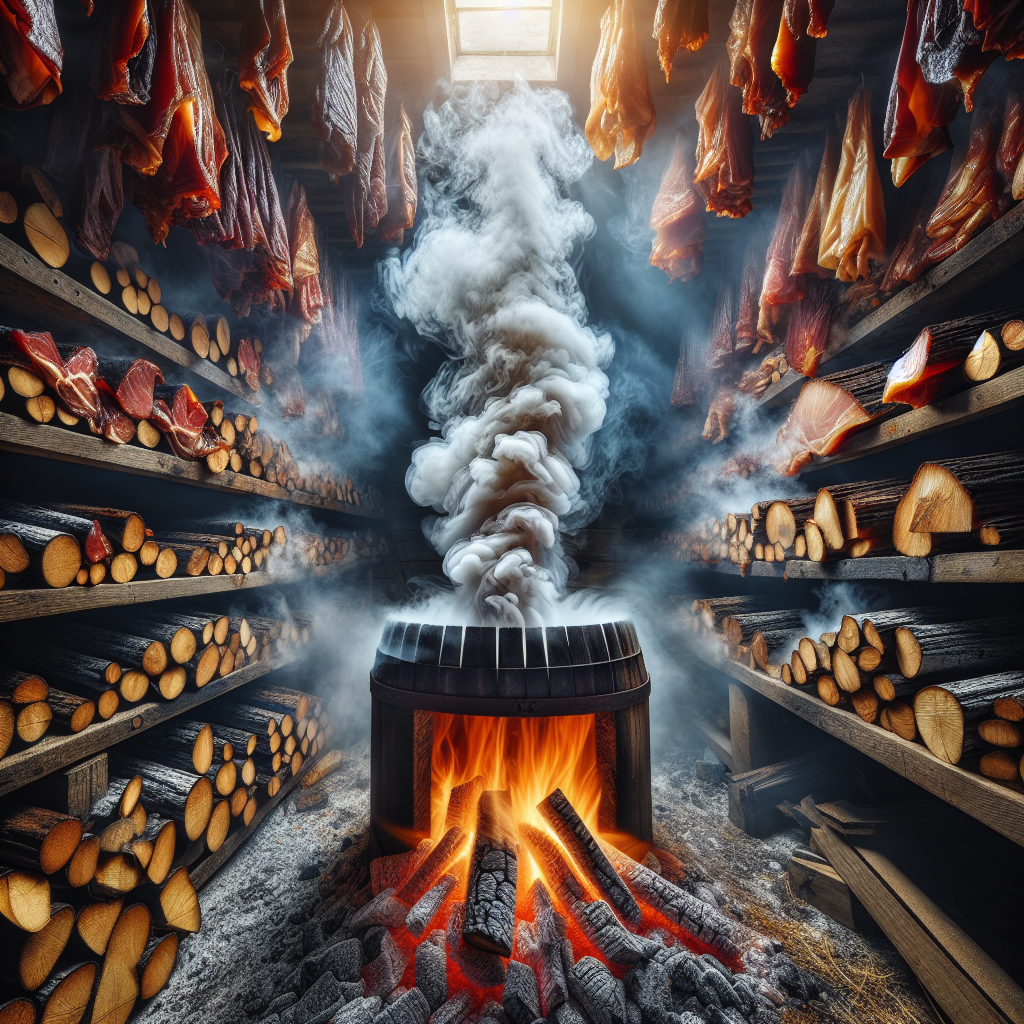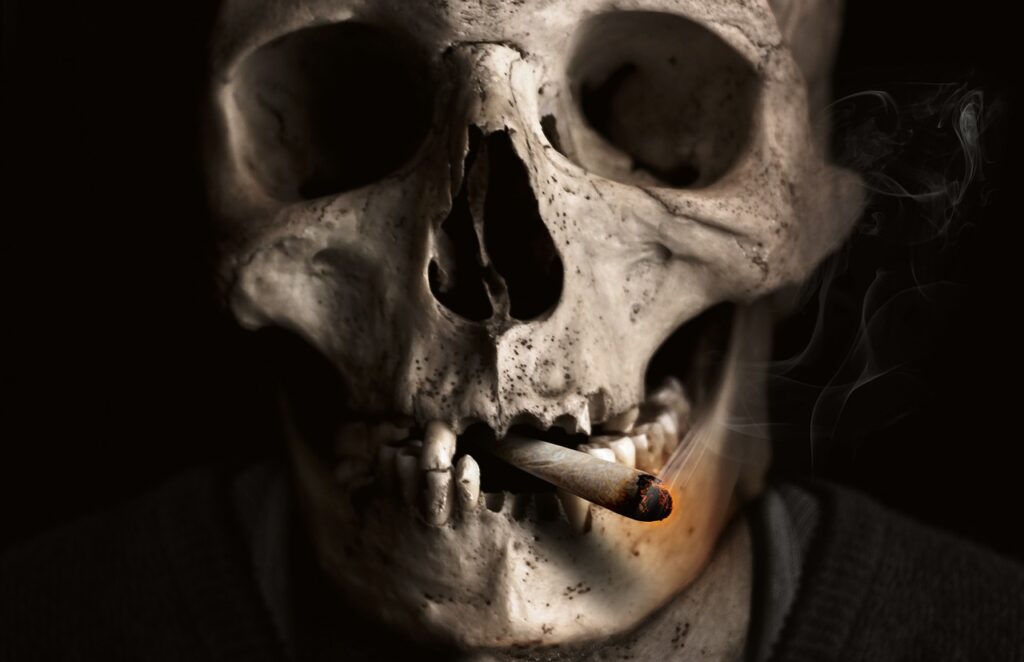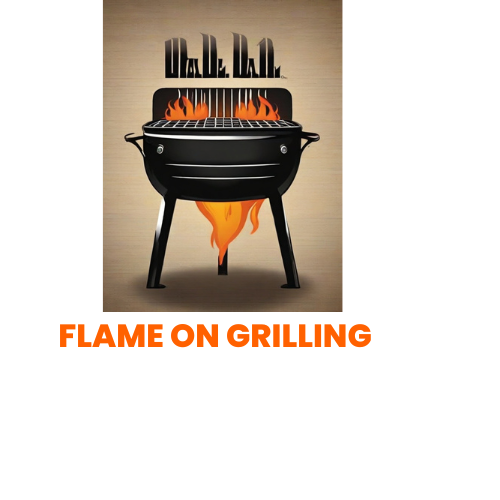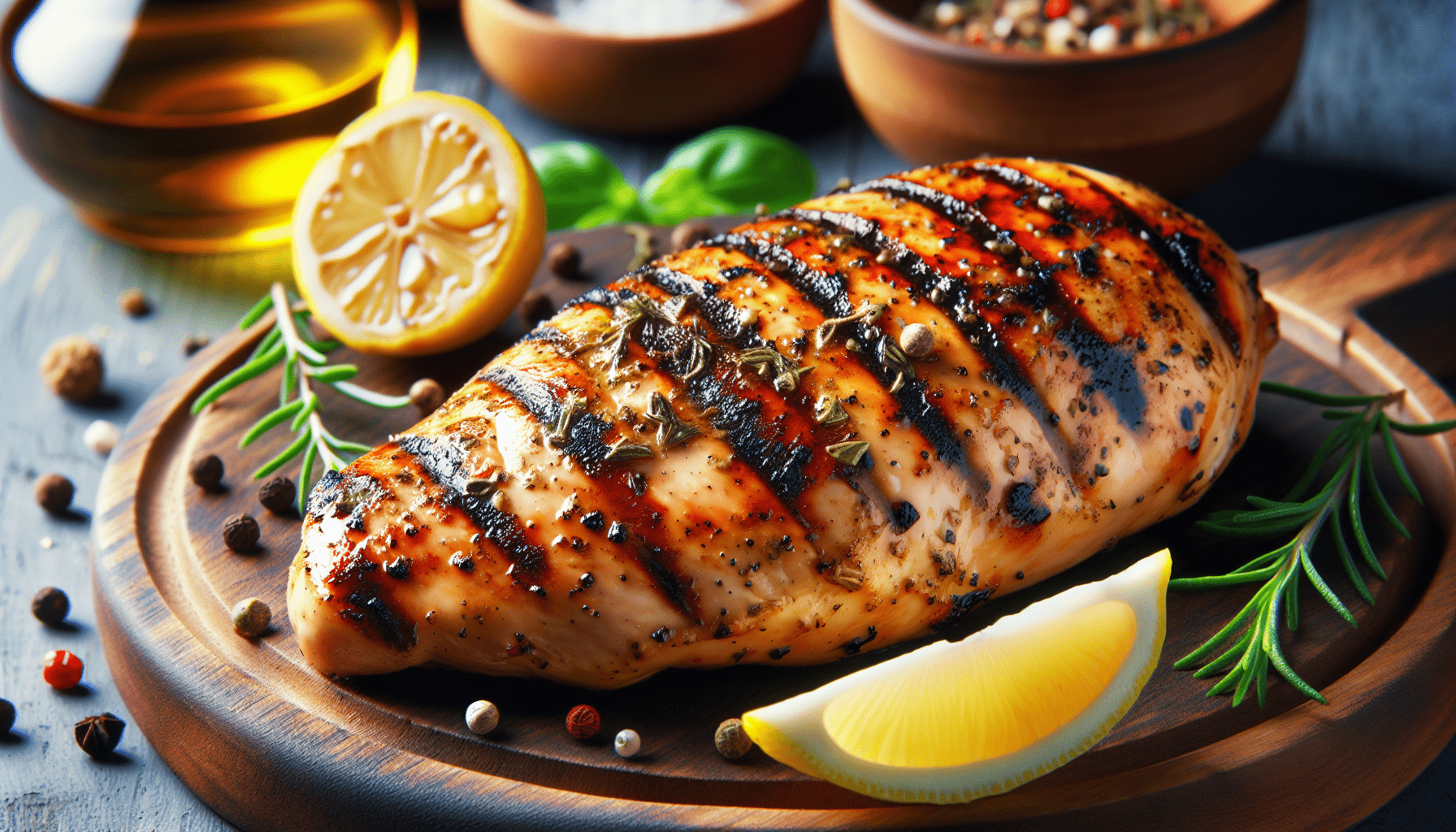When it comes to cold smoking, maintaining a coal base and achieving the right smoke color are the key factors for success. However, it’s important to note that cold smoke may not always be feasible depending on the weather conditions. If you’re ready to get started, begin by adding charcoal briquettes and wood chunks to the smoke box and inserting it into the grill. Open the damper and set the temperature to 220°F, allowing the grill to run for 10 minutes to establish the coal base. Once that’s done, select FAN ONLY, close the damper, and add more wood chunks. Keep the lid open for 9 minutes or add ice to cool the grill if necessary. Once the grill temperature drops below 90°F, it’s time to insert the food and close the lid. And don’t forget, the smoke color should ideally be a silvery blue shade, indicating clean smoke. If it appears white, make sure your grill is clean, use dry wood, ensure proper airflow, and adjust the amount of raw wood accordingly. Keep in mind that the wood burning life-cycle involves raw wood, unlit charcoal, and hot charcoal, so aim for a temperature range of 650-750°F for the best smoke. And finally, remember that the smoke box can be used at different temperature settings by filling it with charcoal and wood, inserting it with the damper open, and checking the coal base every 10-30 minutes. Just be sure to close the damper before opening the smoke box. With these tips in mind, you’ll be well on your way to enjoying perfectly cold smoked dishes.
Maintaining a Coal Base
To achieve successful cold smoking, it is crucial to maintain a coal base. This provides a consistent source of heat and smoke throughout the smoking process. Here are the steps to maintain a coal base:
- Add charcoal briquettes and wood chunks to the smoke box: The smoke box is where the coal and wood will be placed to generate smoke. Make sure to use a combination of charcoal briquettes and wood chunks for a balanced smoke flavor.
- Insert the smoke box into the grill: Once the smoke box is loaded with charcoal and wood, carefully insert it into the designated area in your grill. Ensure that it is securely in place to prevent any accidents or malfunctions during the smoking process.
- Open the damper: The damper is a ventilation mechanism in your grill that regulates the airflow. By opening the damper, you allow a steady flow of air into the grill, which helps maintain a consistent temperature and smoke production.
Achieving the Right Smoke Color
The color of the smoke produced during cold smoking can indicate whether the smoke is clean or not. Here are some tips to achieve the right smoke color:
- Ensure the grill is clean: Before starting the cold smoking process, it is essential to clean your grill thoroughly. Any residue or leftover food particles can cause undesirable flavors and impurities in the smoke.
- Use dry wood: Moisture in the wood can lead to excessive smoke and inconsistent smoke color. Make sure to use dry wood chunks for a clean and even smoke.
- Ensure airflow: Proper airflow is vital for achieving the right smoke color. Ensure that your grill’s ventilation system, including the damper, is functioning correctly. This allows the smoke to circulate evenly within the grill.
- Adjust the amount of raw wood: If you notice that the smoke color is not as desired, you can experiment with the amount of raw wood used. Adding or reducing the quantity of raw wood can help achieve the ideal smoke color.

Factors Affecting Cold Smoking
While maintaining a coal base and smoke color are essential, it’s important to note that there are certain factors that may affect cold smoking. These factors include:
- Ambient temperature: The outside temperature plays a significant role in cold smoking. The ideal temperature for cold smoking is generally between 60°F and 90°F. If the ambient temperature is too high, it may be challenging to achieve optimal results.
- Weather conditions: Other weather conditions, such as humidity or wind, can also impact the cold smoking process. High humidity can affect the smoke production, while strong winds can lead to temperature fluctuations and uneven smoke distribution.
It’s important to be aware of these factors and adjust your smoking technique accordingly to ensure a successful cold smoking experience.
Starting and Maintaining the Coal Base
When beginning the cold smoking process, it is crucial to start and maintain a stable coal base. This provides a consistent source of heat and smoke throughout the smoking duration. Here is a step-by-step guide to starting and maintaining the coal base:
- Add charcoal briquettes and wood chunks to the smoke box: Begin by loading the smoke box with a combination of charcoal briquettes and wood chunks. The charcoal provides a steady heat source, while the wood chunks add flavor and generate smoke.
- Insert the smoke box into the grill: Carefully insert the smoke box into the designated area in your grill. Ensure that it fits securely to prevent any accidents or issues during the smoking process.
- Open the damper: Open the damper to allow proper airflow into the grill. This ensures that the smoke is evenly distributed and that the temperature remains consistent.
- Set the temperature to 220°F: Adjust the temperature settings on your grill to a target temperature of 220°F. This temperature allows for an optimal smoking environment for various types of food.
- Let the grill run for 10 minutes: Allow the grill to run at the set temperature for at least 10 minutes. This allows the coal base to establish and ensures a stable heat source before adding the food.
- Select FAN ONLY: After the initial 10 minutes, switch the grill to FAN ONLY mode. This setting helps circulate the smoke and heat within the grill, enhancing the cold smoking process.
- Close the damper: Close the damper to control the airflow. This allows you to regulate the temperature and smoke production more effectively.
- Add more wood chunks: After closing the damper, add additional wood chunks to the smoke box. This ensures a continuous supply of smoke throughout the smoking process.
- Reinsert the smoke box: Carefully reinsert the smoke box into the grill, ensuring it is securely in place.
- Keep the lid open for 9 minutes or add ice to cool the grill: At this point, you have two options to achieve the desired temperature range for cold smoking. You can either keep the lid open for 9 minutes to allow the grill to cool down naturally, or you can add ice to expedite the cooling process. Both options help maintain a lower temperature for cold smoking.

Inserting the Food
Once the grill temperature has dropped below 90°F, it is time to insert the food for cold smoking. Follow these steps for a successful insertion:
- Wait for the grill temperature to be under 90°F: Ensure that the grill temperature has dropped below 90°F to prevent excessive cooking or burning of the food.
- Close the lid: Once the desired temperature is reached, carefully close the grill’s lid to contain the smoke and heat.
Properly inserting the food at the right temperature is essential for achieving the desired flavors and textures in your cold-smoked dishes.
Smoke Color Indicating Clean Smoke
The color of the smoke during cold smoking can provide valuable insights into the quality of the smoke. Here are two colors to watch for, indicating clean smoke:
- Silvery blue smoke color: A silvery blue smoke color is a sign of clean smoke. This color indicates that the combustion process is efficient, resulting in a clean and flavorful smoke.
- White smoke color: If you notice white smoke, it may indicate an issue with your cold smoking process. Possible causes for white smoke include a dirty grill, wet wood, poor airflow, or an excessive amount of raw wood. Address these issues to ensure clean smoke production.
Observing the smoke color can help you make adjustments to your cold smoking technique and ensure the best possible results.

Wood Burning Life-cycle
Understanding the wood burning life-cycle is essential for achieving the best smoke quality during cold smoking. Here are the stages involved in the wood burning life-cycle:
- Raw wood: Raw wood refers to the wood before it is burned or ignited. During cold smoking, raw wood chunks are used to generate smoke and infuse flavor into the food.
- Unlit charcoal: Unlit charcoal acts as the base for creating heat and maintaining a steady temperature. It helps sustain the burning of raw wood chunks and creates a consistent source of smoke.
- Hot charcoal: As the raw wood chunks burn, they create hot charcoal. The hot charcoal provides the necessary heat to maintain the coal base and generate smoke throughout the cold smoking process.
To achieve the best smoke quality, it is crucial to ensure that your raw wood chunks combust into hot charcoal and reach a temperature range of 650-750°F before cold smoking your food.
Using the Smoke Box at Other Temperatures
While cold smoking is the primary focus, the smoke box can also be utilized at other temperature settings. Here’s how you can use the smoke box for other smoking methods:
- Fill the smoke box with charcoal and wood: Instead of using the smoke box solely for cold smoking, you can fill it with a combination of charcoal and wood for hot smoking or other temperature-specific smoking methods.
- Insert the smoke box with the damper open: When using the smoke box at higher temperatures, it is essential to insert it into the grill with the damper open. This allows for proper ventilation and temperature regulation.
- Check the coal base every 10-30 minutes: Unlike cold smoking, which is a more extended process, other smoking methods may require more frequent monitoring. Check the coal base every 10-30 minutes to ensure that the charcoal and wood are generating sufficient heat and smoke.
Remember to adjust your smoking techniques and time frames accordingly when using the smoke box for different temperature settings.

Checking the Coal Base
Regularly checking and maintaining the coal base is crucial for consistent smoke production and heat during cold smoking. Follow these steps to check the coal base:
- Close the damper: Before checking the coal base, make sure to close the damper. This prevents excessive airflow, which could lead to fluctuations in temperature and smoke production.
- Open the smoke box: Carefully open the smoke box to examine the coal base. Ensure that the charcoal and wood chunks are still actively burning and producing smoke.
By regularly checking the coal base, you can ensure that your cold smoking process remains uninterrupted and that the smoke production is consistent.
In conclusion, maintaining a coal base and achieving the right smoke color are essential elements of successful cold smoking. By following the steps and tips mentioned above, you’ll be well on your way to mastering the art of cold smoking and creating delicious smoked dishes. Remember to consider factors such as ambient temperature and weather conditions, and always adapt your techniques accordingly. Happy cold smoking!



